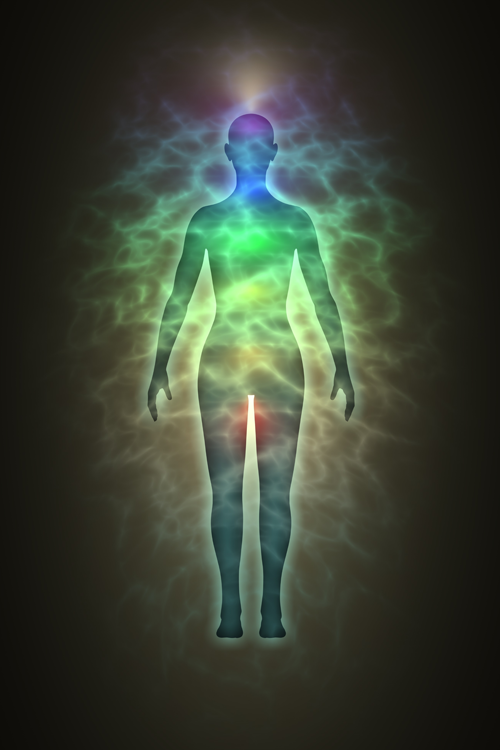Auras for Healing
Spiritually, aura colours can impart energy for healing. Take a look at some of the aura colours and the meanings associated with them.
Yellow is optimistic, easy-going, creative and playful. It symbolizes intellect, creativity, happiness, the power of persuasion and also cowardice. On a physical level, it associates with the spleen and to the person's energy source known as the "chi". In healing, using yellow promotes clarity of thought.

Blue symbolizes spirituality, intuition, inspiration, calm and inner peace. It is also associated with sadness and depression ('the blues'). In healing, blue is used for cooling and calming, both mentally as well as physically. People with a great deal of blue are often very sensitive and supportive of others. They are the ones people lean on for moral and emotional support during a crisis.
Purple is linked with power, both earthly as well as spiritual. In healing, purple is used for mental disorders. In the aura, purple signifies higher spiritual development.
Indigo relates to the third eye and shows an intuitive and sensitive person. It indicates an individual who takes an interest in the extra sensory perception or paranormal activity. Their attention wishes to turn inwards.
Orange symbolizes the individual's relationship to the external world. It focuses on the needs and wants of the physical body and the ways in which these are satisfied. In healing, orange may increase immunity and sexual energy. In the aura, it signifies thoughtfulness and creativity.
Pink represents unconditional love, which means a love that seeks nothing in return. It is also the colour of friendship and sociability. In the aura, it signifies balance between the spiritual and the material.
Brown is the colour of the earth and represents material success, practicality, concentration and study. In the aura, it indicates "down to earth-ness" and common sense.
Red symbolizes passion, strength, energy, courage, physical activity, creativity, warmth and security. It is also linked with aggression. In healing, using red brings warmth. However, it is a powerful colour and should be used in moderation. In the aura, it signifies materialism, materialistic ambition, a focus on sensual pleasures and a quick temper.